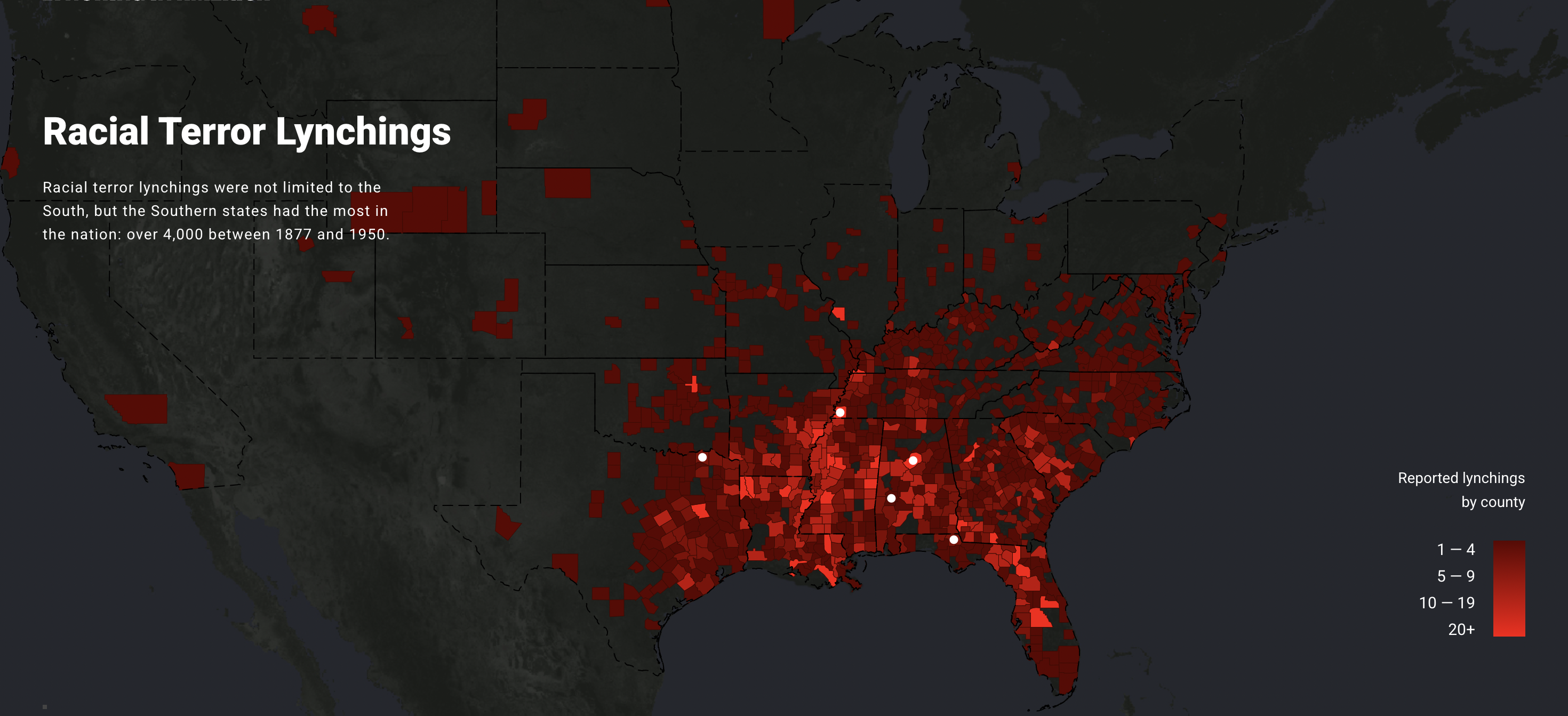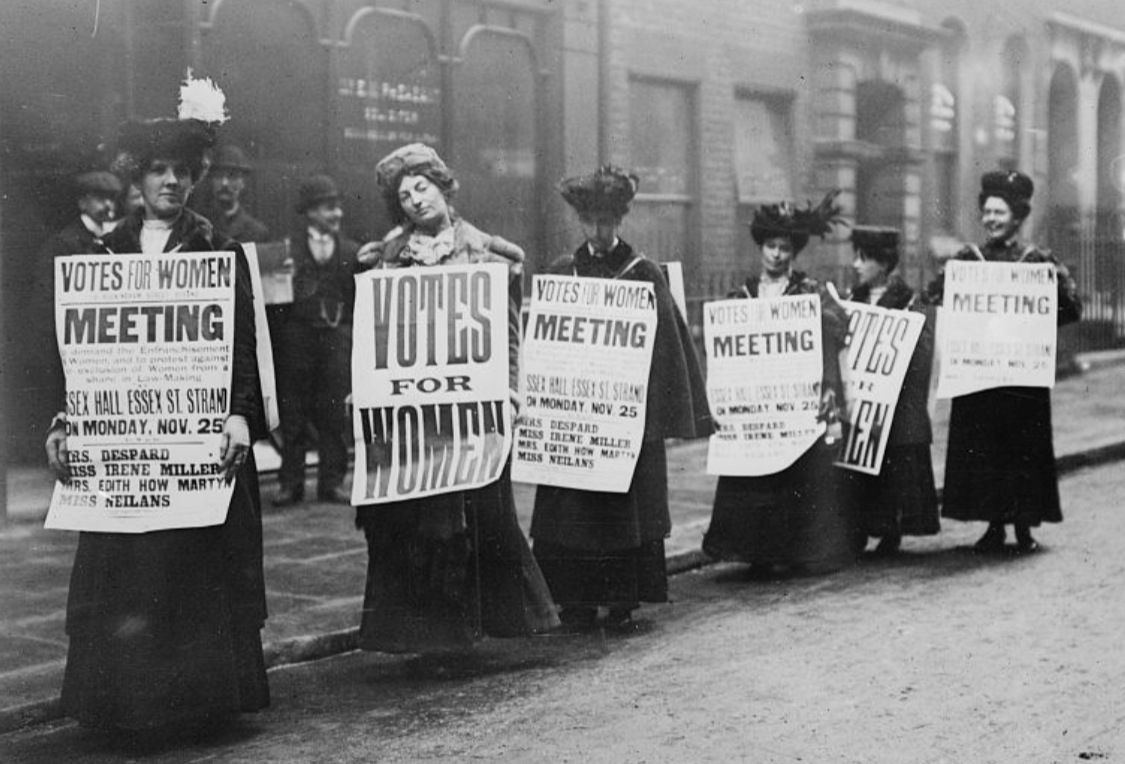Ida B. Wells was born into slavery in Mississippi in 1862, during a time of intense racism and violence in the South.
After the Civil War, Jim Crow laws stripped African Americans of rights like voting and land ownership. One of the harshest forms of racial terror was lynching, or mob killings used to intimidate Black communities without legal consequences.


